Thermal physiology, foraging pattern, and worker size interactions in ants

In the study “Thermal physiology, foraging pattern, and worker body size interact to influence coexistence in sympatric polymorphic harvester ants (Messor spp.)”, Xavier Arnan, Alba Lázaro-González, Nils Beltran, Anselm Rodrigo, and Rodrigo Pol explored the role of physiological thermal limits in mediating species coexistence in congeneric, sympatric, and polymorphic harvester ant species. The researchers analysed critical thermal maxima (CTmax), foraging patterns, and forager size in three species of harvester ants. They found that the species displayed different CTmax values, and there was a strong positive relationship between worker size and CTmax within colonies. The study also found that foraging temperature did not influence forager size distributions. Here, Alba Lázaro-González highlights some interesting points of the study.

The article authors from left to right: X. Arnan, A. Lázaro-González, R. Pol, and N. Beltran.
An Interview compiled and edited by Gaurav Agakevar and Hoon Kang

MNB: Could you tell us a bit about yourself?
ALG: I am a Ph.D. in Terrestrial Ecology and a postdoctoral researcher in the Department of Ecology at the University of Granada (UGR, Spain) and INRAE Bordeaux (France). My primary research interest lies in studying the direct and indirect effects of plant-plant (chemical responses) and plant-animal interactions (arthropod communities associated with mistletoe-host systems) and their ecological consequences in a wide range of organization levels, from species to ecosystems. My second area of research, in collaboration with international universities and the Ecological and Forestry Applications Research Centre (CREAF, Barcelone, Spain), is related to the responses and adaptations of biological diversity, especially seed harvesting ants, to disturbance and climate change. Besides this, I have worked with the Pollination Ecology group at CREAF, studying pollinator communities and their interactions with nest associates. At the same time, I am developing a new line of research at UGR that focuses on field experiments, systematic maps and meta-analysis in the framework of a project on the use of sowing and planting in ecosystem restoration (“sowing“ is sown the seed in the soil, and the “planting“ is the transplantation of the nursery-grown seedlings).
MNB: Could you briefly outline the research you recently published in layperson’s terms?
ALG: Co-occurring ant species sharing similar resources must exhibit some type of behavioural or physiological differences in order to coexist. In this study, we analysed the critical thermal maxima and foraging patterns of three seed harvester ant species (Messor capitatus, M. barbarus, and M. bouvieri) that inhabit the same area. These ants share similar seed species resources but differ in the degree of worker polymorphism (worker size range) and foraging strategy.
Across experimental laboratory conditions, we discovered that larger workers had higher thresholds for temperature tolerance in all the species. Surprisingly, the less polymorphic species (M. bouvieri), has a higher temperature tolerance for similar-sized workers compared with the other two species. Therefore, we suggest that the distribution of energy investment represented by worker polymorphisms could explain the coexistence of these species: the larger species prioritized soldier production to promote better monopolization of resources, while M. bouvieri save energy by not producing soldiers and rather invest this energy to increase their general tolerance to high temperatures in order to allow resource exploitation under more challenging conditions.
Finally, we observed foraging patterns in the field influenced by environmental temperatures: all ant species show maximum activity levels at mild temperatures (20-35 °C). Messor bouvieri presents more active colonies in summer, while M. barbarus do so in autumn. Additionally, M. barbarus was mostly nocturnal in the summer, suggesting a temporal segregation between species, which might also contribute to species coexistence.
MNB: What is the take-home message of your work?
ALG: Finding clear explanations for a specific issue usually requires a holistic point of view. In this case, we find small differences in analysed patterns between the three ant species and, therefore, cannot affirm that the coexistence of ant species with a similar trophic niche is due to only a single factor. The main finding of this work is that the coexistence of these three species can be partially explained by a combination of physiological thermal limits, foraging patterns with temporal segregation, and worker sizes. This knowledge helps us to understand the actual distribution of these species and to predict future responses to rising temperatures.
MNB: What was your motivation for this study?
ALG: The motivation of this study goes back a long way, since the main author, Xavier Arnan, carried out their PhD thesis in the same study site (Castellbell i el Vilar, Barcelona, Spain) and with the same species (Messor). Their studies provided valuable information and data, highlighting the relevance and rarity of the coexistence of these three Messor species. This rarity and the research gap up to these moments in their coexistence at the local scale aroused our interest, being the starting point of this research, which in turn is part of a new and exciting funded project led by Dr. Arnan. The project encompasses different aspects of the ecological niche (e.g. diet, resource selection and preferences, the spatial distribution of nests, etc.) and ant traits (physiological thermal limit, foraging pattern, body size). In particular, this study looks at how maximum thermal limit and foraging patterns differed between Messor species and partially explains their co-occurrence, which could be crucial to understand how global changes can affect the ant community through the drivers of species coexistence.
MNB: What was the biggest obstacle you had to overcome in this project?
ALG: Working with ants, and probably with animals in general, can be difficult sometimes due to their activity rhythms. In our case, not all nests in the study area were active on all sampling days; therefore, we had to keep track of many more nests than what we finally used for the study. In some cases, even though we kept nests under observation, we had to eventually discard the data due to their inactivity in the following hours or days. This meant we had to spend more time than expected in searching and sampling nests, and it turned into “invisible” but still hard work.
MNB: Do you have any tips for others who are interested in doing related research?
ALG: Three of the key aspects which can guarantee success in ant research are the planning of a good experimental design, keeping track of a high number of nests, and having a wide availability of field days to obtain a good sample size. Of course, patience and perseverance are essential aspects when working with ants.
MNB: Where do you see the future for this particular field of ant research?
ALG: There is still a lot of research to be done. The coexistence of species and their adaptation to new climatic conditions could be mediated by physiological and biotic traits at different levels of biological organization. This interesting gap in the knowledge could be filled by further research at the community, population, colonies, or even worker level within the same nest especially relevant in ant species, which can be key to predicting their responses in future climate change scenarios.
Picture 1. The study site (Castellbell i el Vilar, Barcelona, Spain). (© Rodrigo Pol)
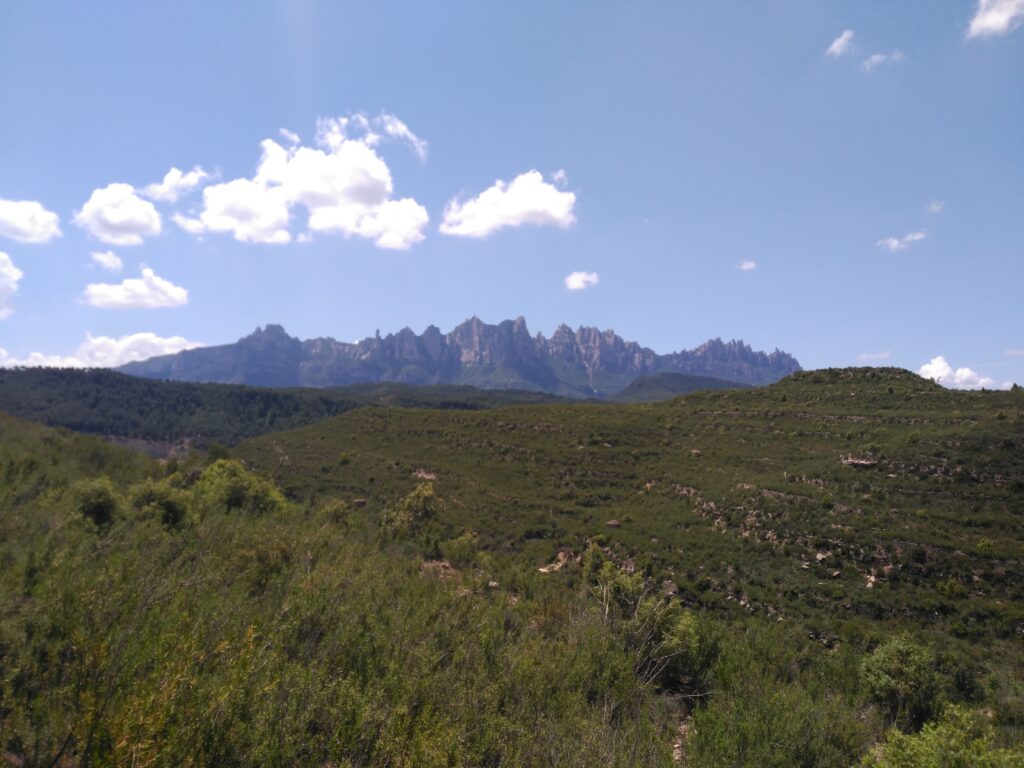
Picture 2. Entrance of Messor barbarus nest with different worker sizes. (© Alba Lázaro-González)
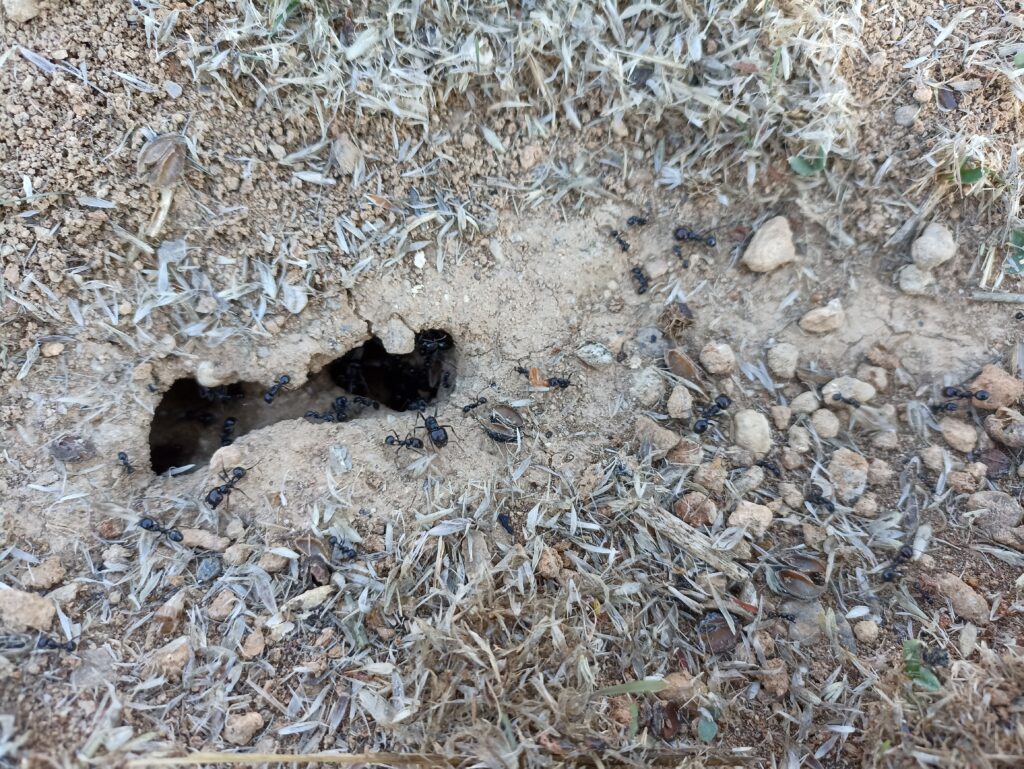
Picture 3. Messor barbarus worker ants of different body sizes forming a trail looking for resources. (© Alba Lázaro-González)

Picture 4. A worker ant of Messor barbarus carrying a little leaf to the nest. (© Alba Lázaro-González)
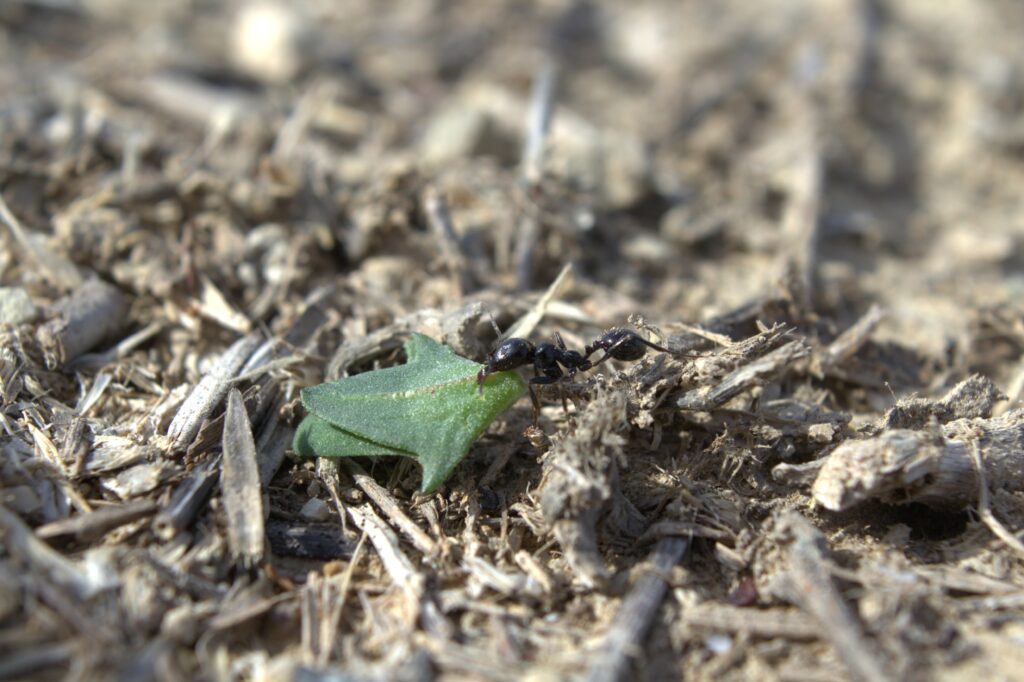
Picture 5. Male and female sexual ants leave the nest and are ready for the nuptial flight. (© Alba Lázaro-González)

Picture 6. Winged female Messor barbarus (October) (© Alba Lázaro-González)
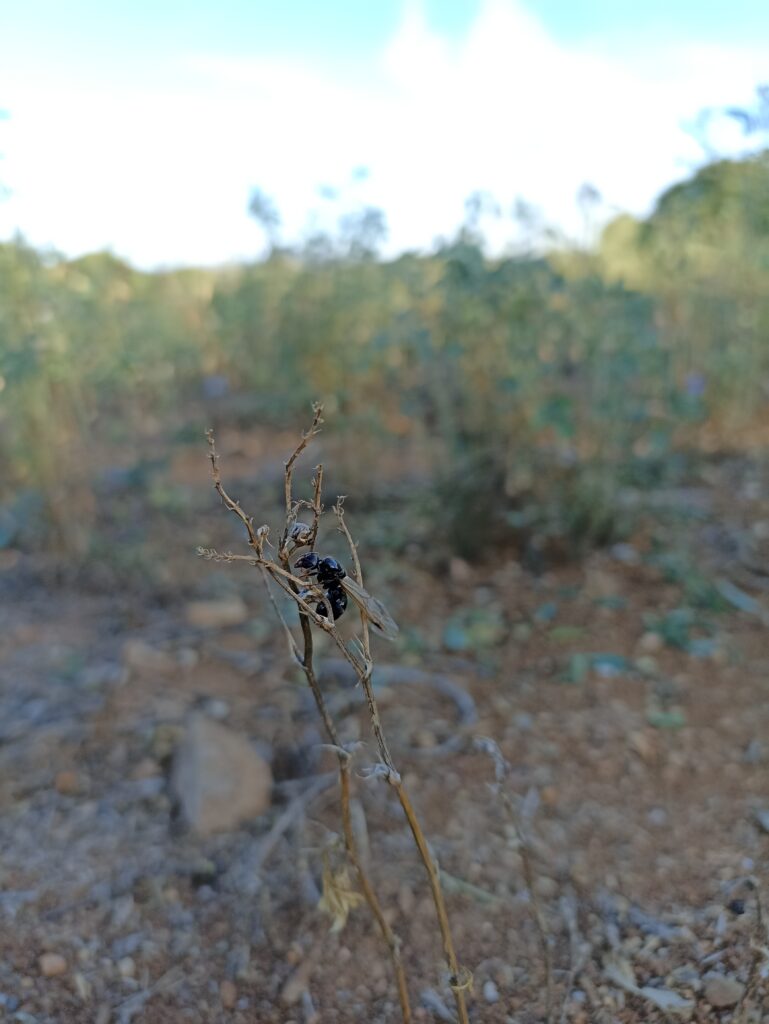
Picture 7 and 8. Conducting assays in critical thermal limits carried out at a laboratory (CREAF, Barcelona, Spain). (© Rodrigo Pol)
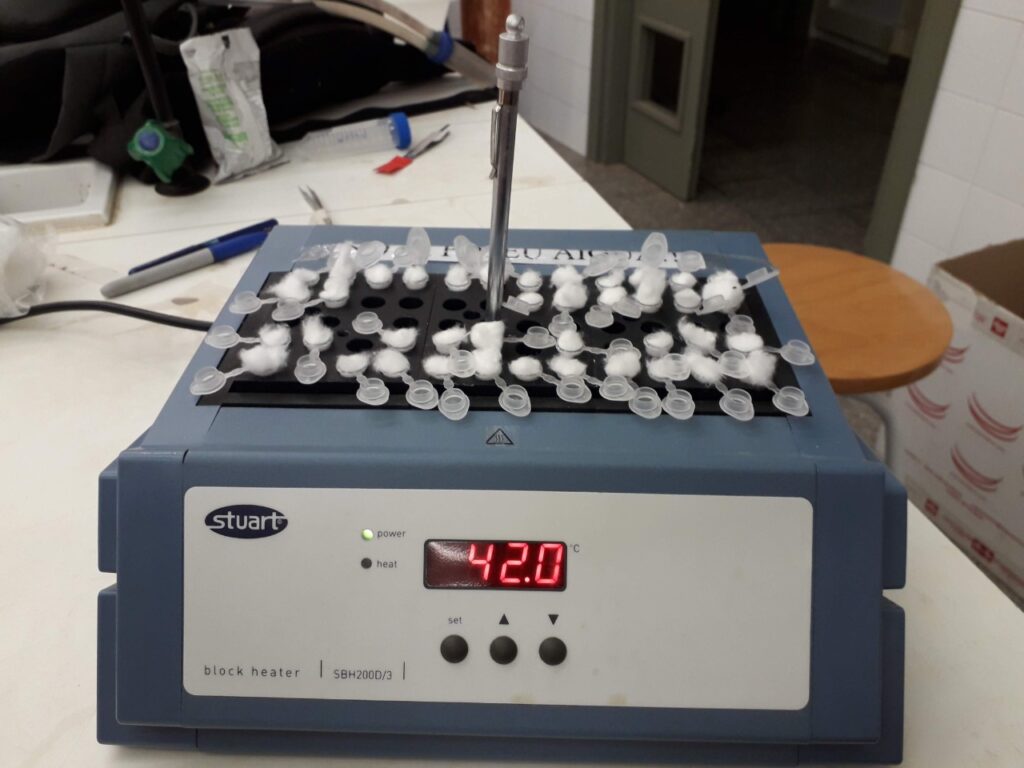
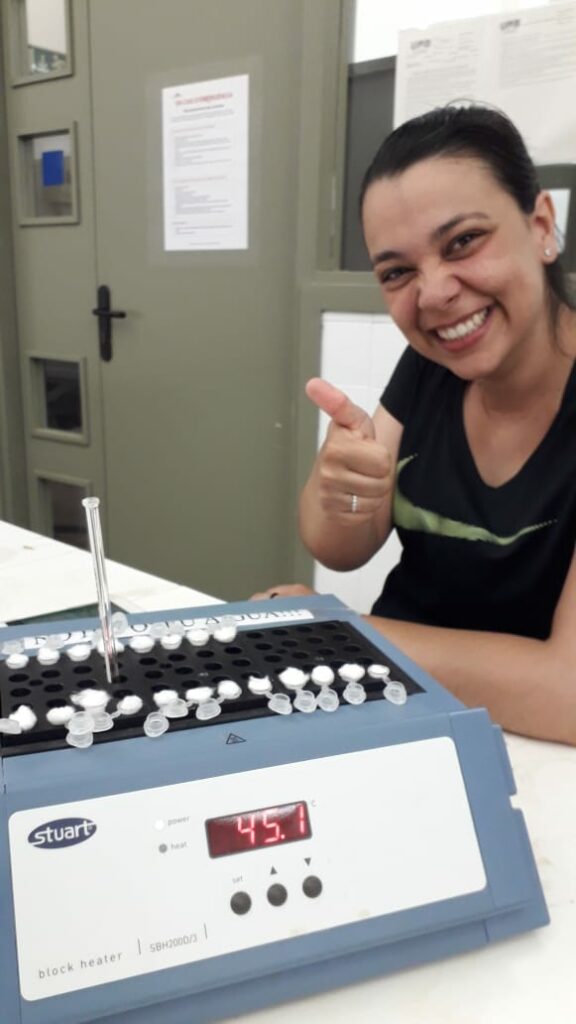
Video 1. Worker ant of Messor barbarus carrying a snail shell to the nest. (© Alba Lázaro-González)



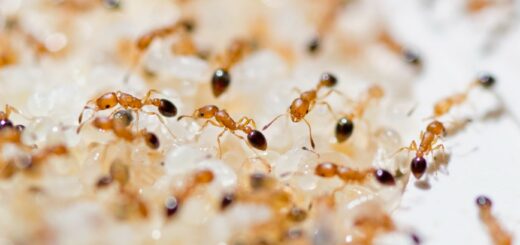

Recent Comments